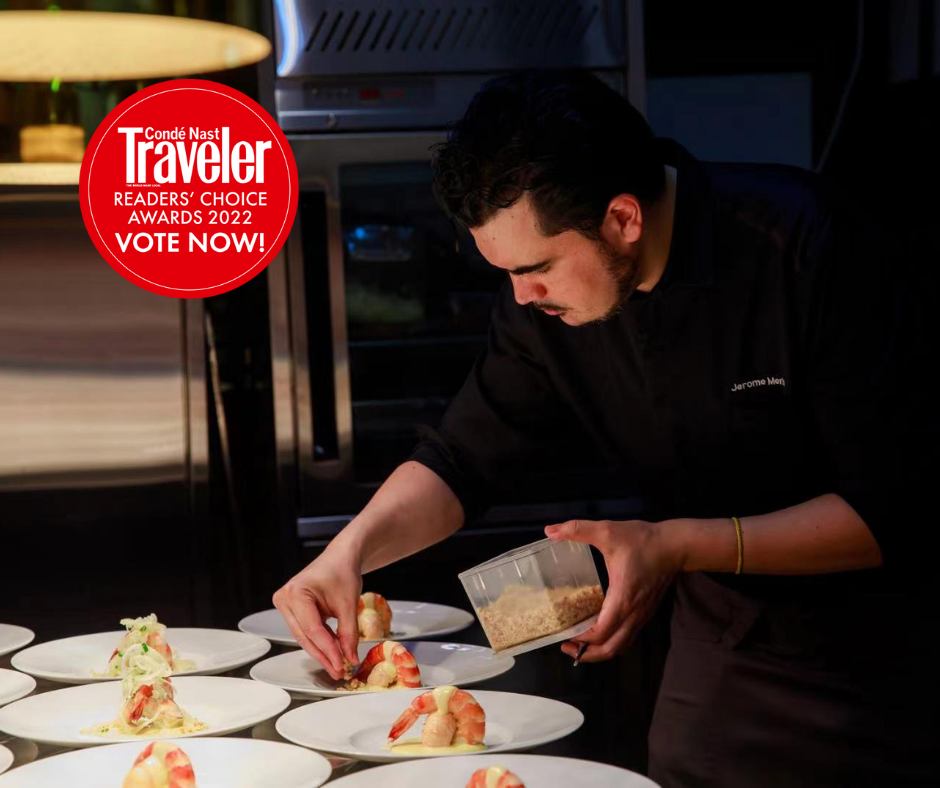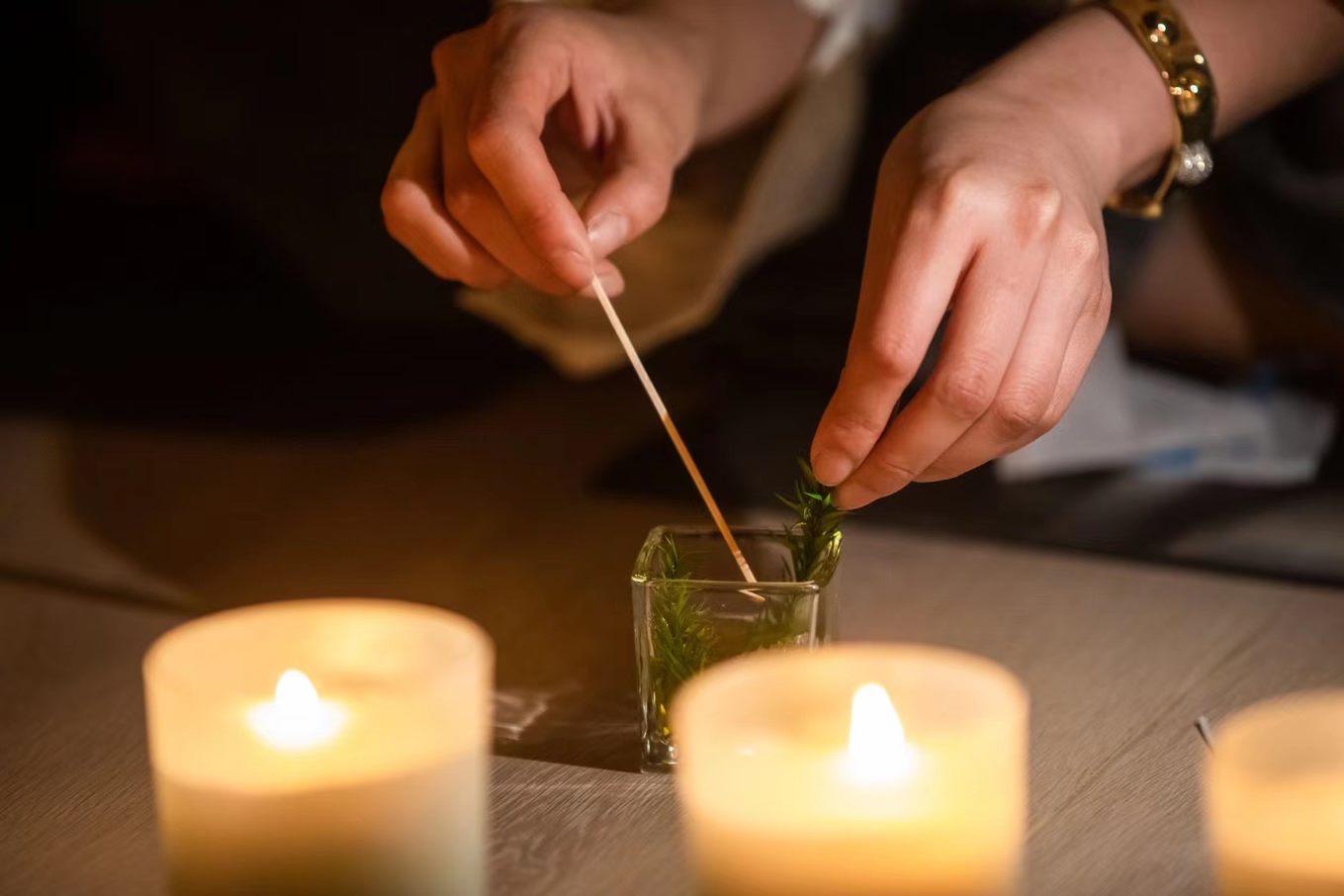Green Inspiration Unlocked
VOL 04
GREEN INSPIRATION UNLOCKED
Earth Day might have already flown by, but at The House Collective, we’re committed to pushing forward sustainable development every day, in whatever ways we can. Small actions can bring big changes. And as we continue on our sustainability journey, we want to encourage everyone to protect our planet by sharing our Houses’ initiatives and teams’ efforts.
Small Actions, Big Changes
NOT JUST FOR LOOKS
Our statement wall at The Opposite House is more than just a pretty backdrop. “Origami”, designed by Kengo Kuma and set behind reception, allows natural light to filter through and conserves the electricity that’s needed in The Atrium.
Based on a lightweight suspension structure made of acrylic plates and metal frames to maximise the light transmission, Kengo applied Tyvek, a translucent synthetic textile with a paper-like texture, and created a screen of light with organic texture and shades.
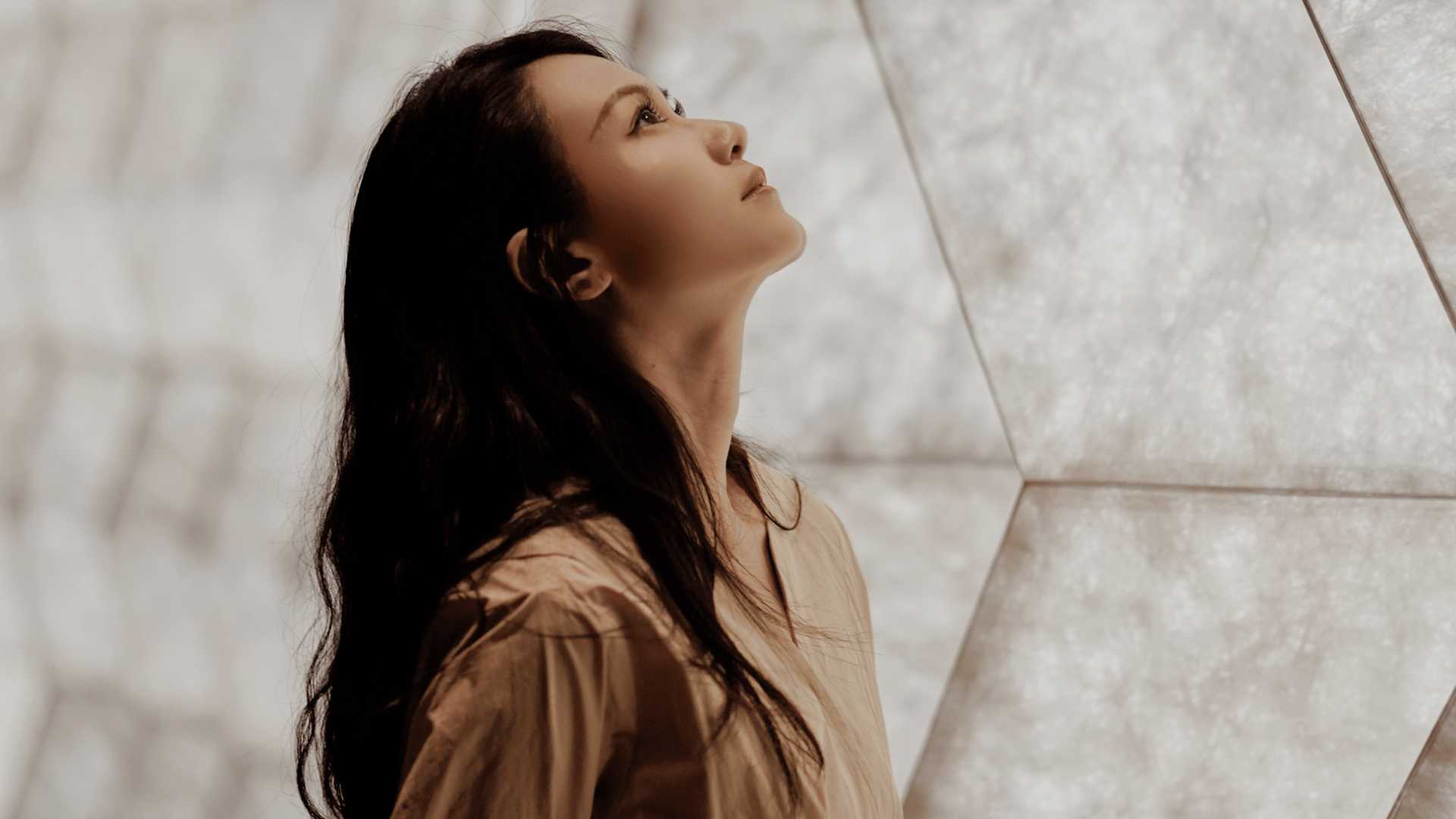

Based on a lightweight suspension structure made of acrylic plates and metal frames to maximise the light transmission, Kengo applied Tyvek, a translucent synthetic textile with a paper-like texture, and created a screen of light with organic texture and shades.
“The atrium of The Opposite House was designed out of inspiration from Beijing's traditional ‘siheyuan’, where the courtyard plays an important role in bringing light and nature into the house, and where family can gather,” says Kengo. “Now, a new ‘light’ has been turn on inside the ‘courtyard’ of The Opposite House.”


“The atrium of The Opposite House was designed out of inspiration from Beijing's traditional ‘siheyuan’, where the courtyard plays an important role in bringing light and nature into the house, and where family can gather,” says Kengo. “Now, a new ‘light’ has been turn on inside the ‘courtyard’ of The Opposite House.”
ENERGY CONSERVATION AT THE UPPER HOUSE
“To me, sustainability means that we use our planet’s resources without compromising how future generations live," says Kelvin, Building Engineer at The Upper House.
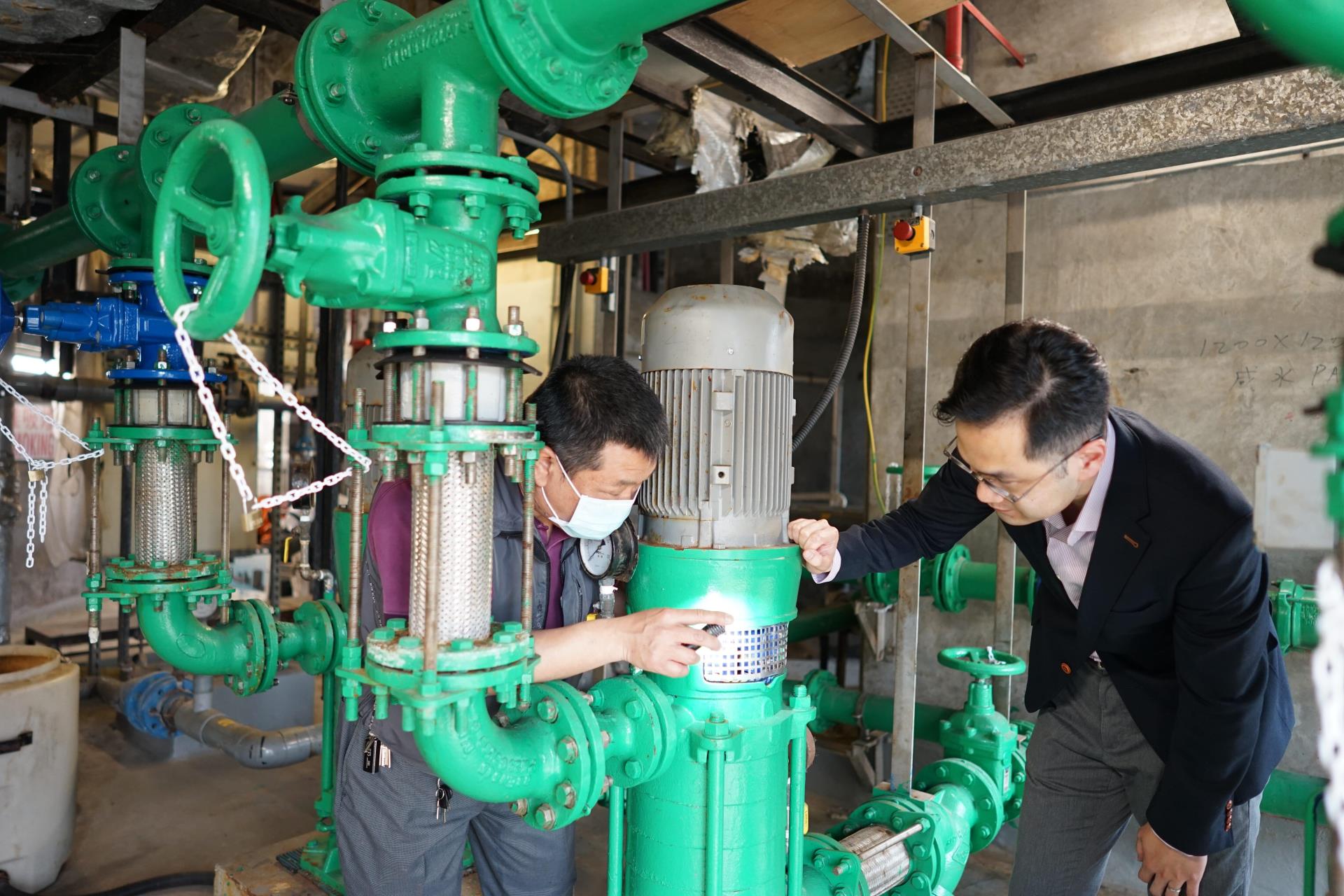

“To me, sustainability means that we use our planet’s resources without compromising how future generations live," says Kelvin, Building Engineer at The Upper House.
“One of my tips would be to replace light bulbs with LEDs and buy high energy-efficiency electrical appliances. I’ve been proud of my team's efforts in replacing the energy efficient lighting at The Upper House throughout the year.” Find out what bright ideas he’s put into action to save energy at the hotel.
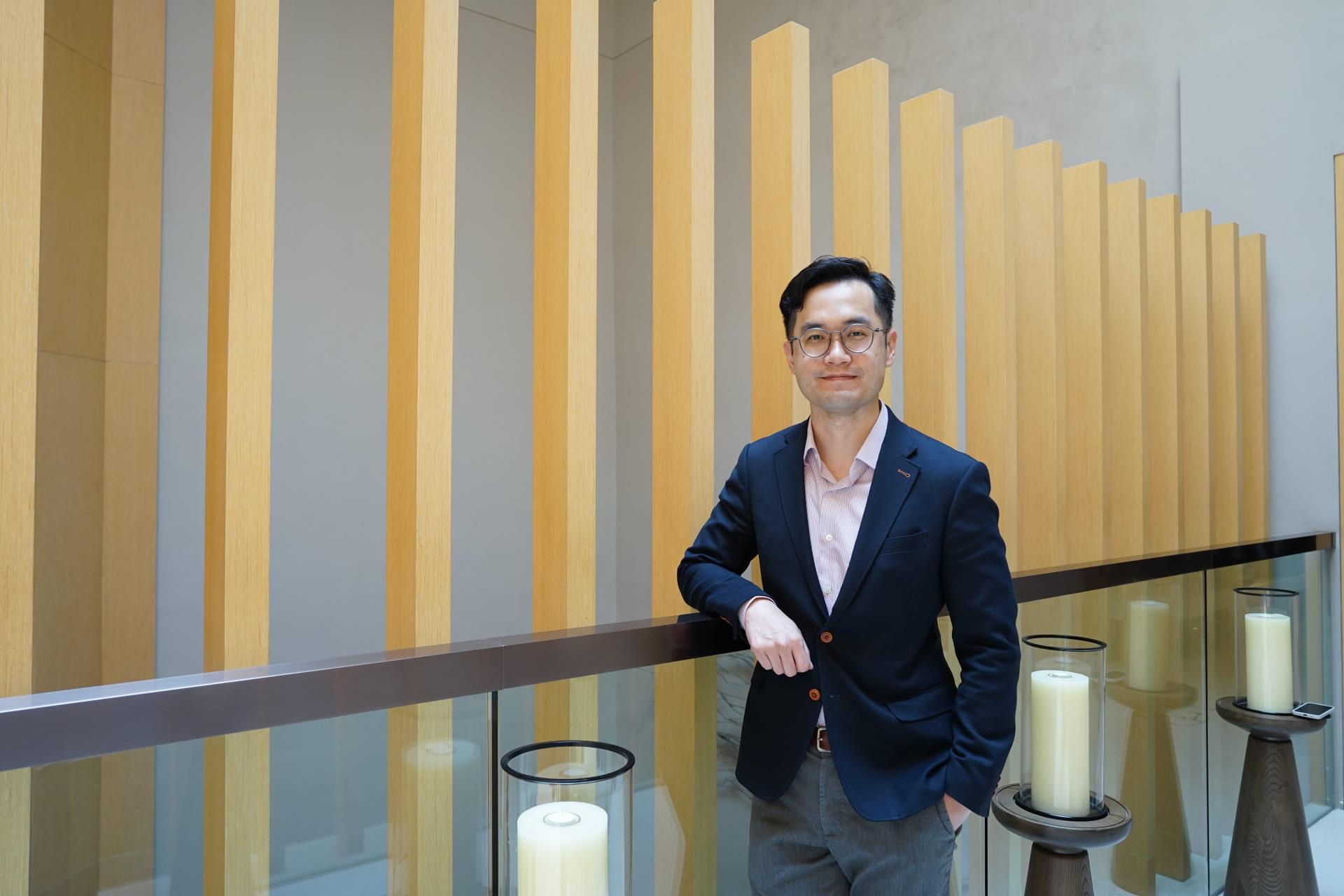

“One of my tips would be to replace light bulbs with LEDs and buy high energy-efficiency electrical appliances. I’ve been proud of my team's efforts in replacing the energy efficient lighting at The Upper House throughout the year.” Find out what bright ideas he’s put into action to save energy at the hotel.
GOING GREEN AT THE OPPOSITE HOUSE
"Sustainability is what's good for the environment and we can make it into a healthy routine too. One small, but impactful step that people can take towards a greener future is driving cars less often and cycling to work instead," says Bob, Assistant Security Manager at The Opposite House.
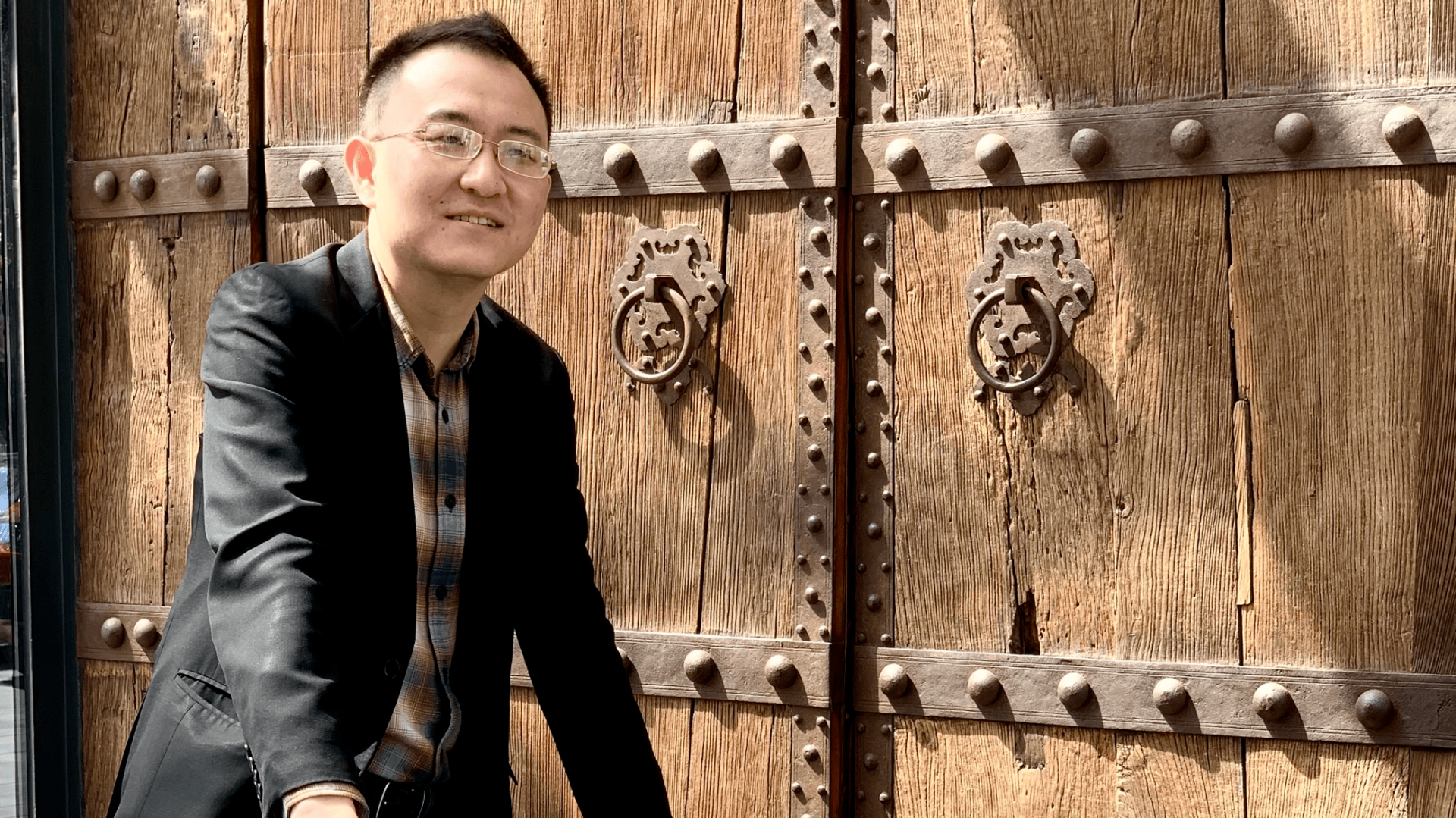

"Sustainability is what's good for the environment and we can make it into a healthy routine too. One small, but impactful step that people can take towards a greener future is driving cars less often and cycling to work instead," says Bob, Assistant Security Manager at The Opposite House.
“Our Security Department takes the stairs instead of the elevator whenever we can to do our part for energy conservation – and the exercise isn't bad either." It might not sound like much, but every little bit is part of something larger.


“Our Security Department takes the stairs instead of the elevator whenever we can to do our part for energy conservation – and the exercise isn't bad either." It might not sound like much, but every little bit is part of something larger.
BRINGING THE HEAT
“Spicy” may be the first impression of Sichuan cuisine for majority of people, and how well spicy you can eat ends up being how “Sichuan” you really are. In the same way, spicy is also most people’s perception of Thai food. But, with the cooperation of "Amazing Thailand", the Chef of The Royal Thai Consulate-General in Chengdu, Kan Hongjumphon, and the Executive Sous Chef of The Temple House, Tony Xu, came together for an interesting discussion on the idea of "spicy" in their cuisines.
With 24 key flavours, Sichuan cuisine is known for "one dish, one style, 100 dishes and 100 flavours," a remark on the vast depth of the cuisine. Thai cuisine is characterised by a balance of sour, spicy, salty, sweet and bitter flavours.
In Sichuan cuisine, there is spicy but there is also the signature and inimitable numbing flavour that goes along with the spice. Chilli, Sichuan pepper and ginger alongside fragrant bean paste are the core components of Sichuan’s distinctive spicy cuisine. In the Thai cuisine, sour and spicy flavours are the most important. Using pepper, basil and garlic with fish sauce or coconut milk, the unique flavours of Thai dishes are created.
The chefs also fielded a few questions about their counterpart’s cuisine and Kan shared his impressions of Chengdu.
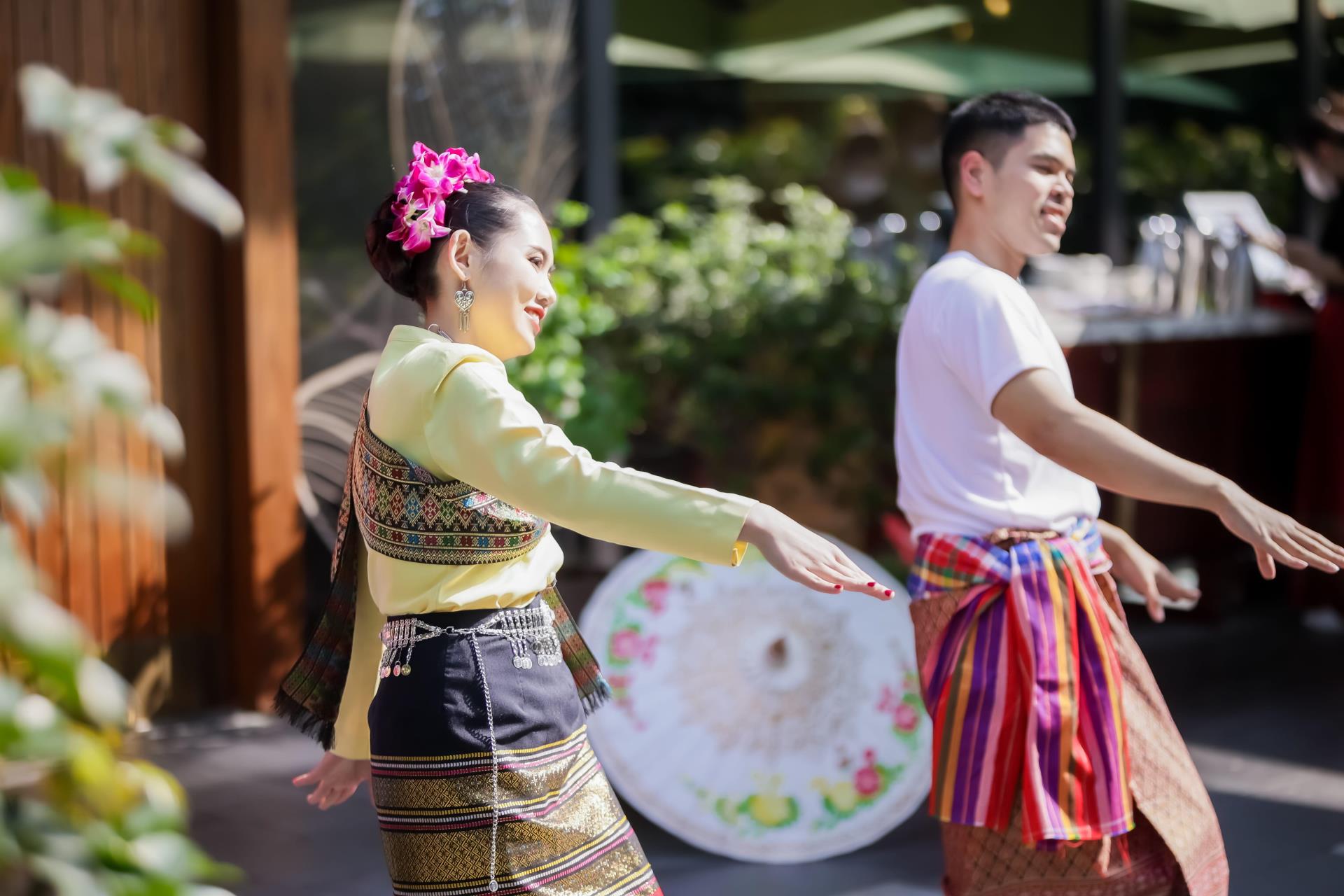
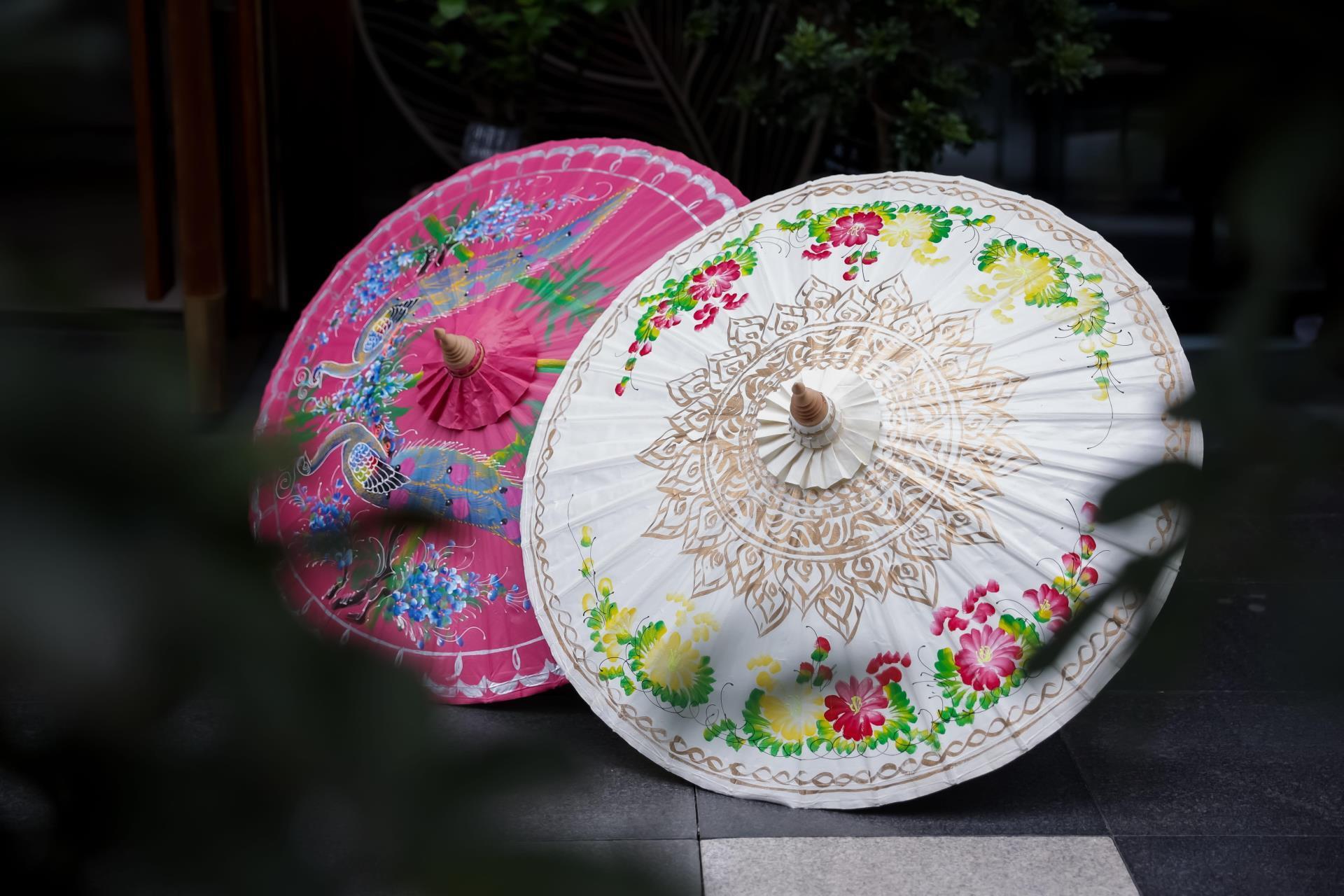
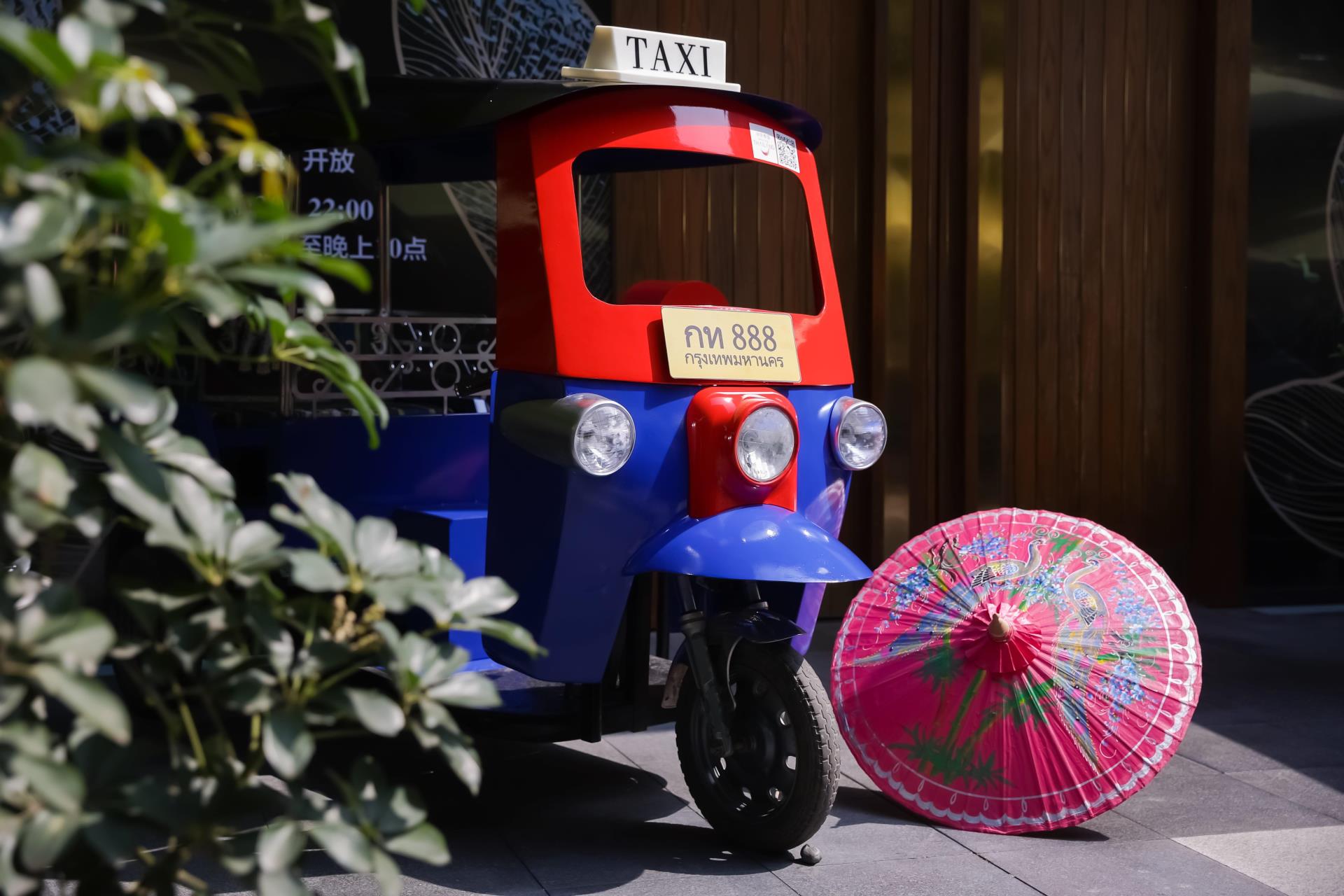
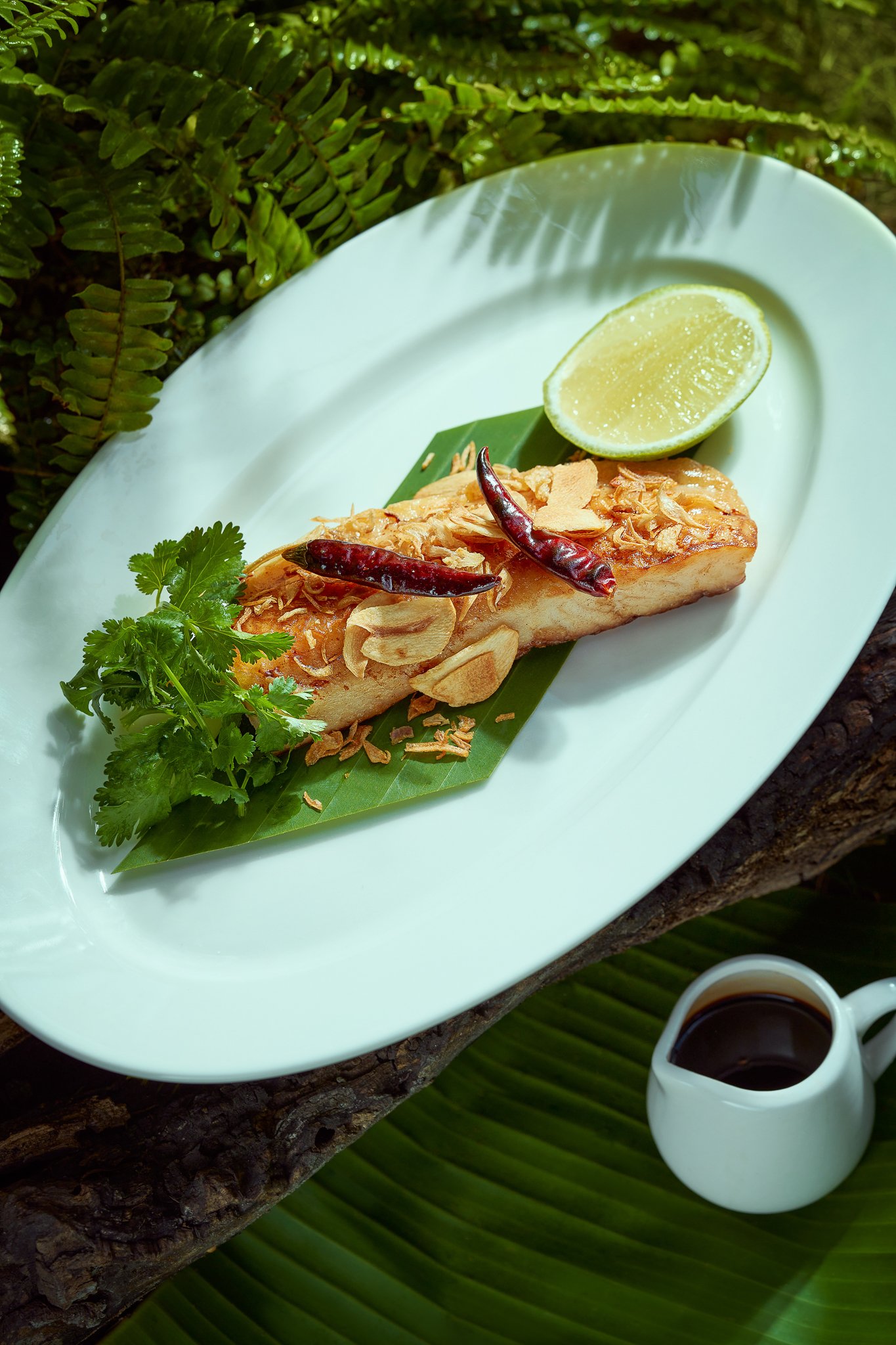
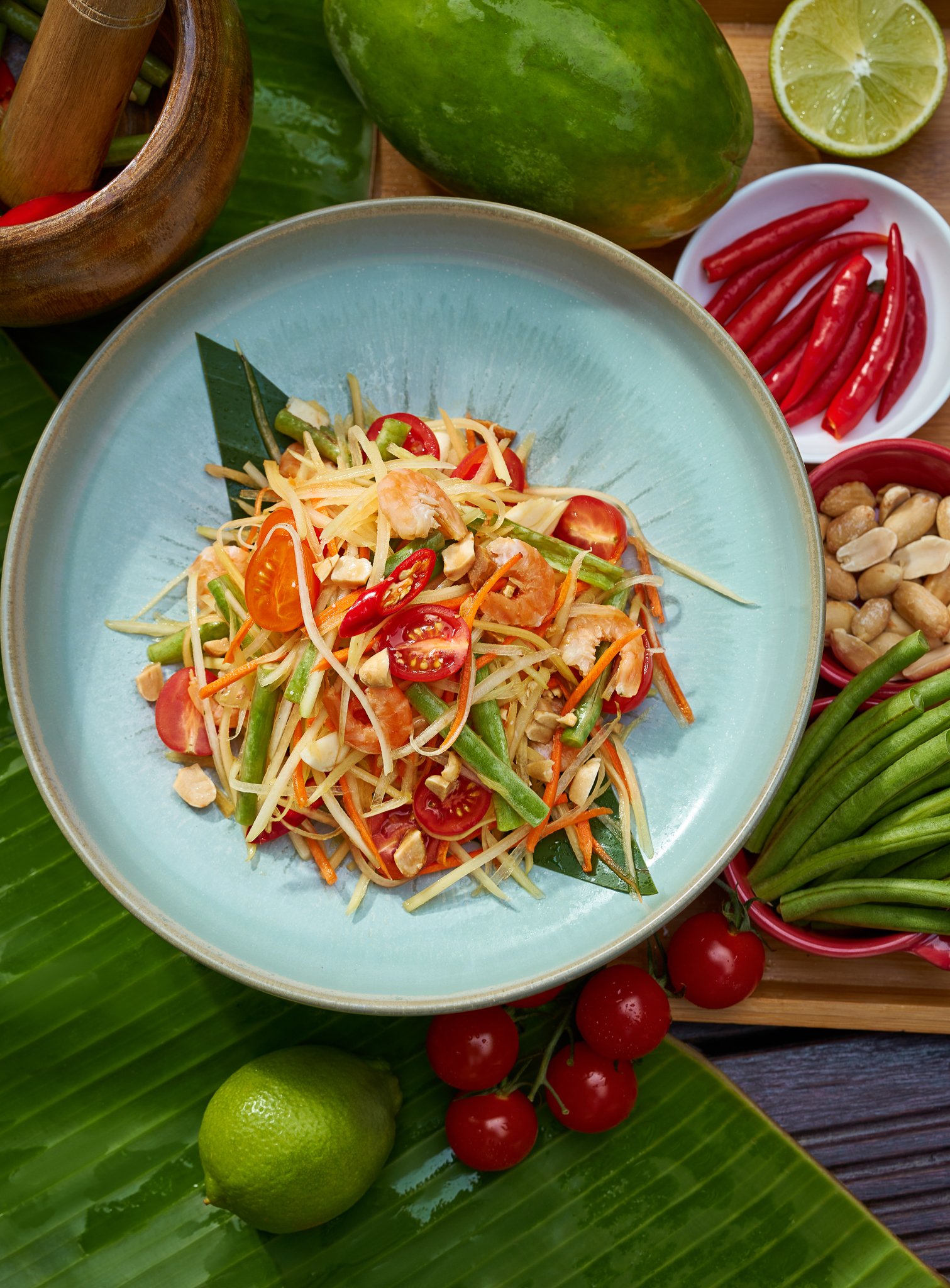
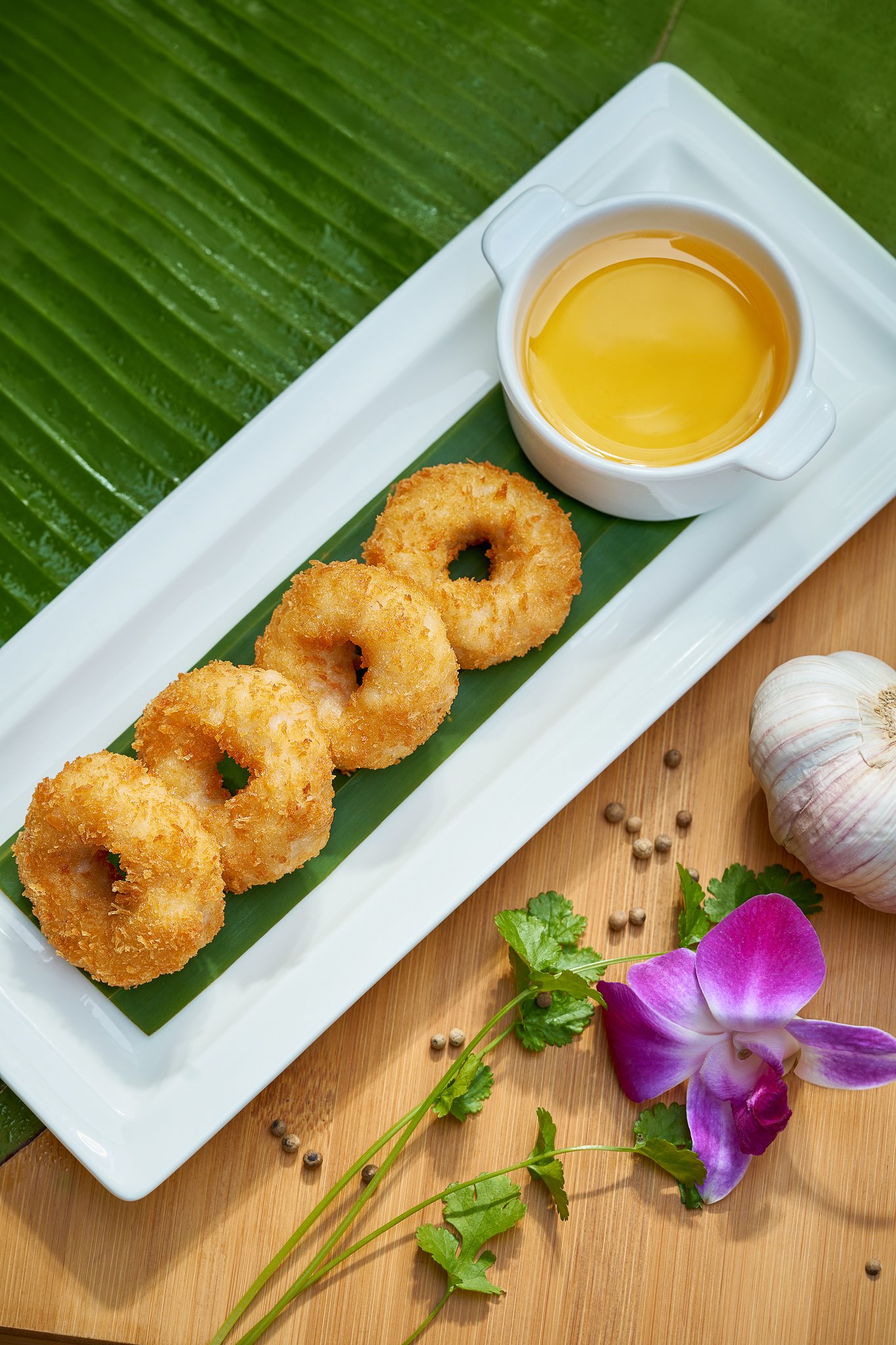
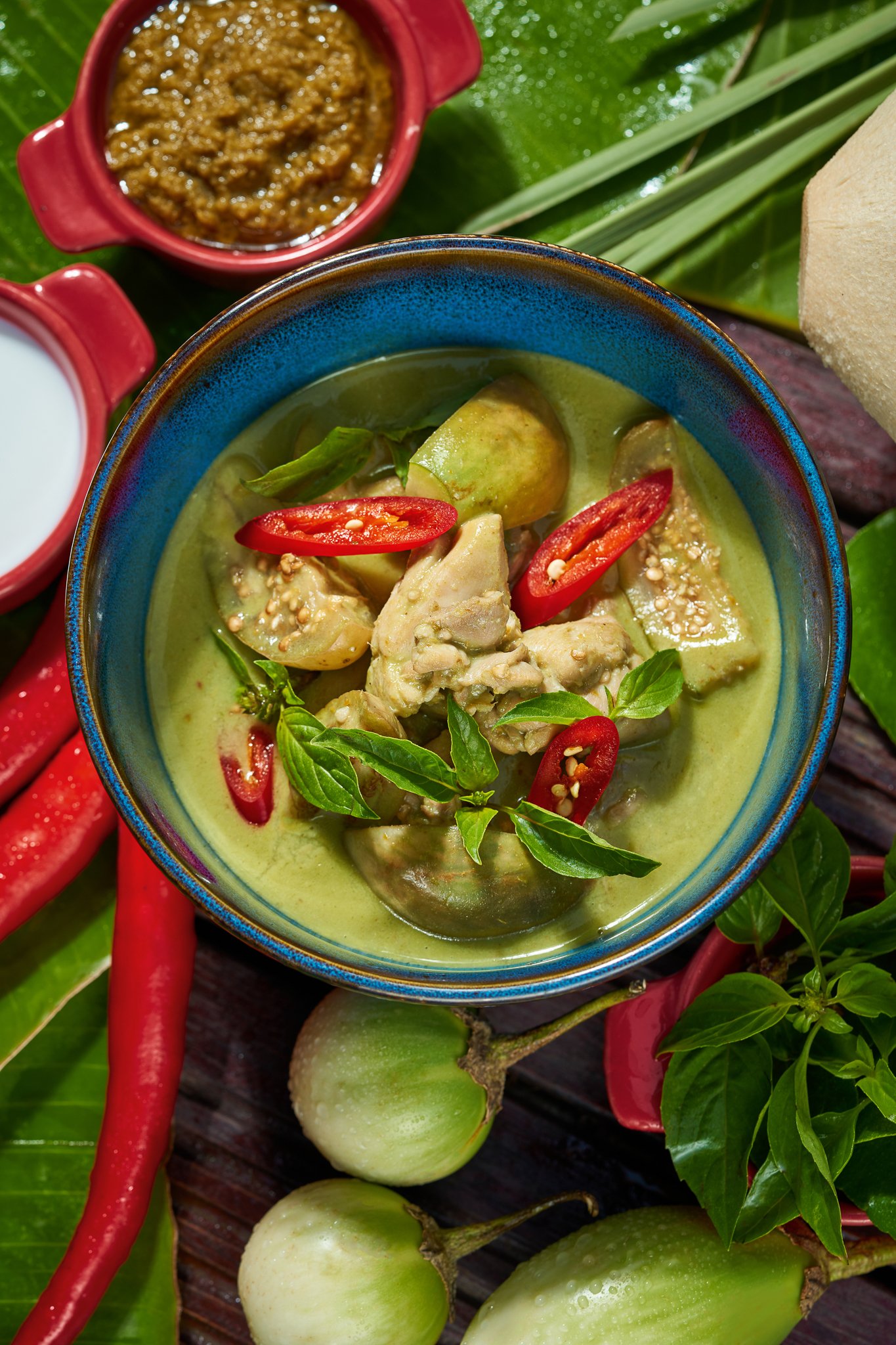
What do you love about Sichuan flavours?
Chef Kan: Because of the climate, Sichuan dishes are normally quite spicy, and I like the special flavour of red oil and the aroma of Sichuan peppercorn.
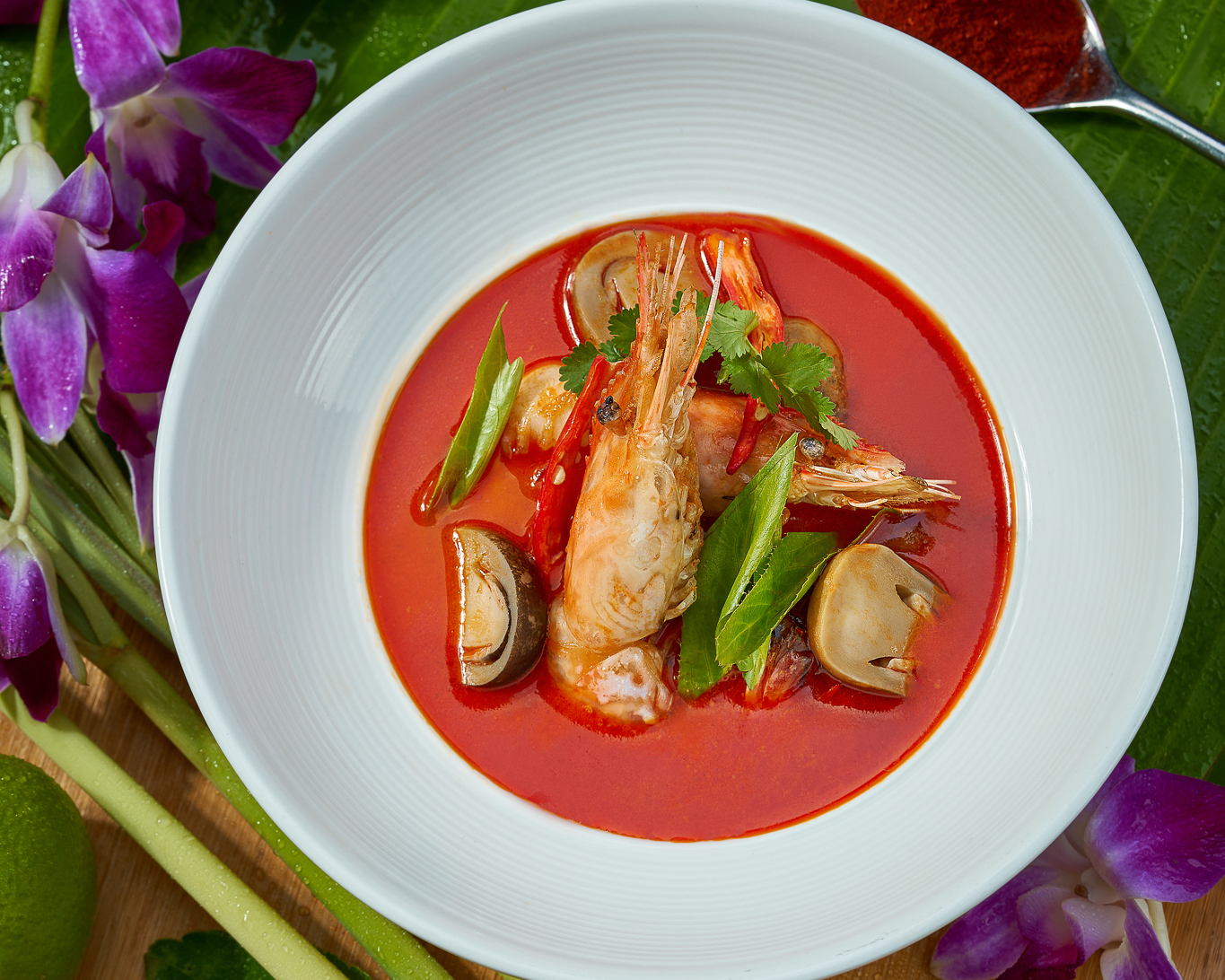

What do you love about Sichuan flavours?
Chef Kan: Because of the climate, Sichuan dishes are normally quite spicy, and I like the special flavour of red oil and the aroma of Sichuan peppercorn.
What do you love about Thai flavours?
Chef Tony: I like the spicy flavour in Thai dishes, with the fragrant smell of lemongrass, lemon, basil, lemon leaf, and pandan leaf. You can always smell fresh herbs, and taste spicy flavours.
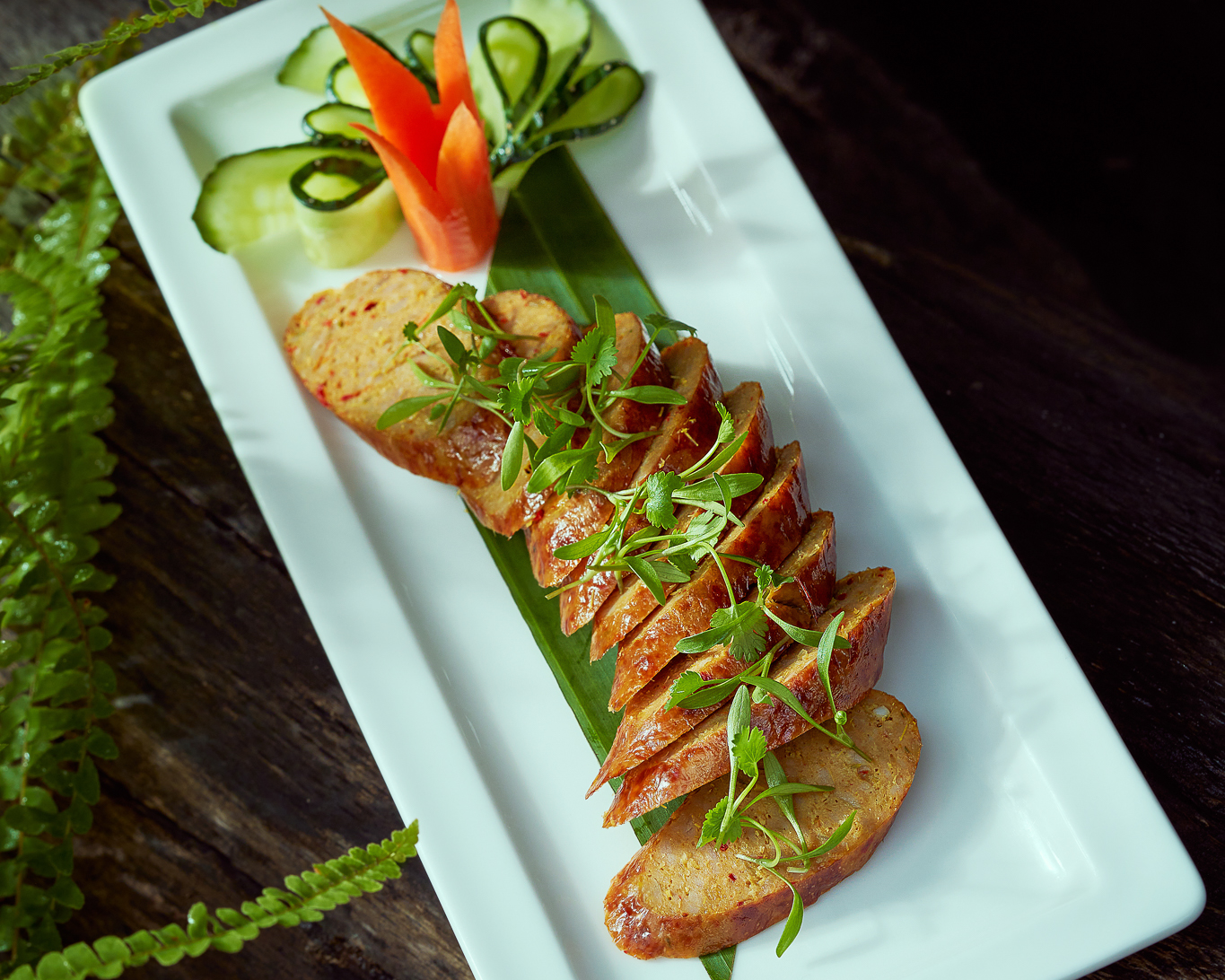

What do you love about Thai flavours?
Chef Tony: I like the spicy flavour in Thai dishes, with the fragrant smell of lemongrass, lemon, basil, lemon leaf, and pandan leaf. You can always smell fresh herbs, and taste spicy flavours.
What do you like about Chengdu? How does it compare with Thai culture?
Chef Kan: Chengdu is very similar to Thailand in terms of climate, culture and even the character of Chengdu people. The city is very open, accepting and respectful of different types of cultures, though it certainly has its own enthusiasm and attitude.
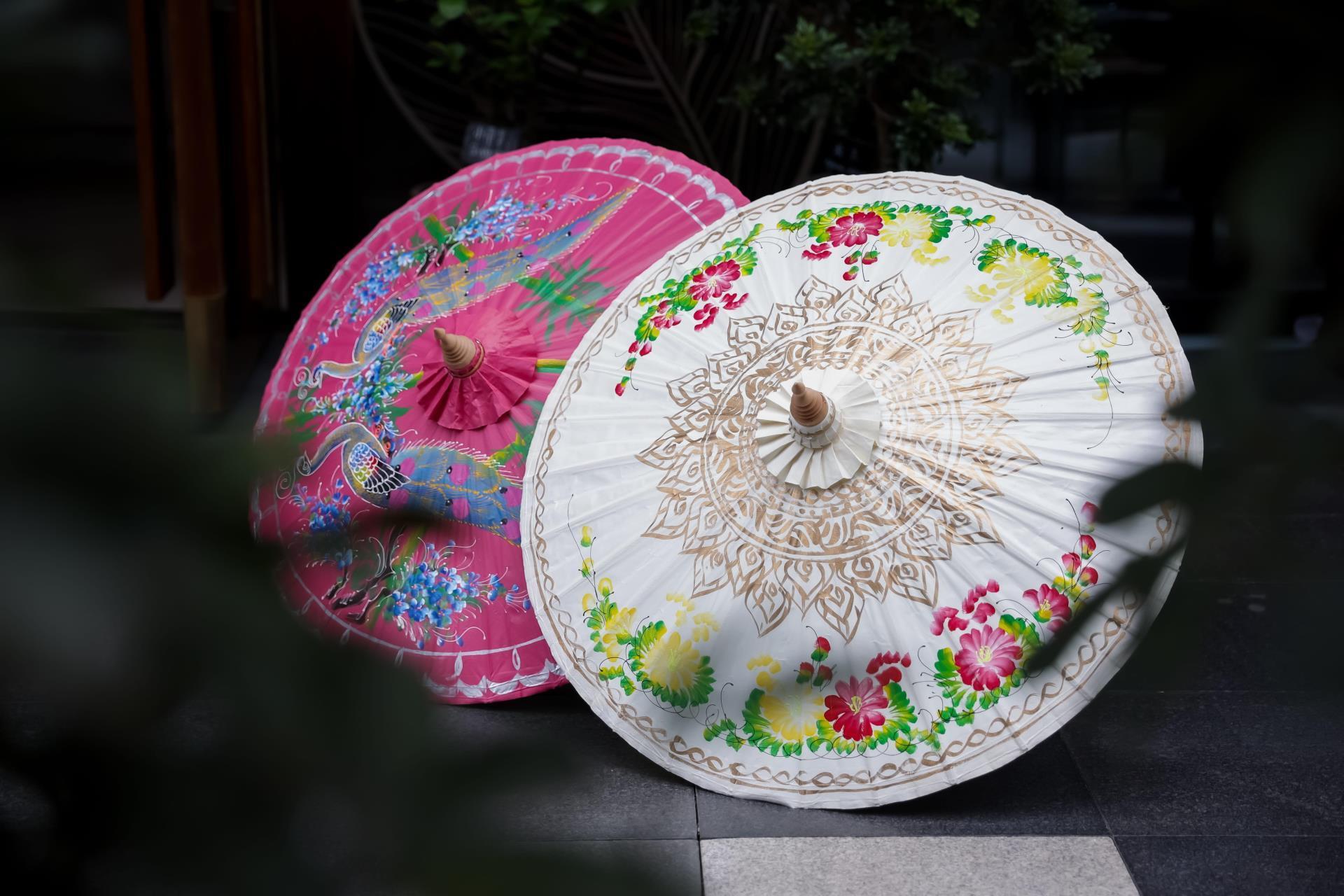

What do you like about Chengdu? How does it compare with Thai culture?
Chef Kan: Chengdu is very similar to Thailand in terms of climate, culture and even the character of Chengdu people. The city is very open, accepting and respectful of different types of cultures, though it certainly has its own enthusiasm and attitude.
From now until May 22, take a gastronomic voyage through the regions of Thailand at The Temple Café.
NOT JUST FOR LOOKS
Our statement wall at The Opposite House is more than just a pretty backdrop. “Origami”, designed by Kengo Kuma and set behind reception, allows natural light to filter through and conserves the electricity that’s needed in The Atrium.
Based on a lightweight suspension structure made of acrylic plates and metal frames to maximise the light transmission, Kengo applied Tyvek, a translucent synthetic textile with a paper-like texture, and created a screen of light with organic texture and shades.


Based on a lightweight suspension structure made of acrylic plates and metal frames to maximise the light transmission, Kengo applied Tyvek, a translucent synthetic textile with a paper-like texture, and created a screen of light with organic texture and shades.
“The atrium of The Opposite House was designed out of inspiration from Beijing's traditional ‘siheyuan’, where the courtyard plays an important role in bringing light and nature into the house, and where family can gather,” says Kengo. “Now, a new ‘light’ has been turn on inside the ‘courtyard’ of The Opposite House.”


“The atrium of The Opposite House was designed out of inspiration from Beijing's traditional ‘siheyuan’, where the courtyard plays an important role in bringing light and nature into the house, and where family can gather,” says Kengo. “Now, a new ‘light’ has been turn on inside the ‘courtyard’ of The Opposite House.”
ENERGY CONSERVATION AT THE UPPER HOUSE
“To me, sustainability means that we use our planet’s resources without compromising how future generations live," says Kelvin, Building Engineer at The Upper House.


“To me, sustainability means that we use our planet’s resources without compromising how future generations live," says Kelvin, Building Engineer at The Upper House.
“One of my tips would be to replace light bulbs with LEDs and buy high energy-efficiency electrical appliances. I’ve been proud of my team's efforts in replacing the energy efficient lighting at The Upper House throughout the year.” Find out what bright ideas he’s put into action to save energy at the hotel.


“One of my tips would be to replace light bulbs with LEDs and buy high energy-efficiency electrical appliances. I’ve been proud of my team's efforts in replacing the energy efficient lighting at The Upper House throughout the year.” Find out what bright ideas he’s put into action to save energy at the hotel.
GOING GREEN AT THE OPPOSITE HOUSE
"Sustainability is what's good for the environment and we can make it into a healthy routine too. One small, but impactful step that people can take towards a greener future is driving cars less often and cycling to work instead," says Bob, Assistant Security Manager at The Opposite House.


"Sustainability is what's good for the environment and we can make it into a healthy routine too. One small, but impactful step that people can take towards a greener future is driving cars less often and cycling to work instead," says Bob, Assistant Security Manager at The Opposite House.
“Our Security Department takes the stairs instead of the elevator whenever we can to do our part for energy conservation – and the exercise isn't bad either." It might not sound like much, but every little bit is part of something larger.


“Our Security Department takes the stairs instead of the elevator whenever we can to do our part for energy conservation – and the exercise isn't bad either." It might not sound like much, but every little bit is part of something larger.
“Spicy” may be the first impression of Sichuan cuisine for majority of people, and how well spicy you can eat ends up being how “Sichuan” you really are. In the same way, spicy is also most people’s perception of Thai food. But, with the cooperation of "Amazing Thailand", the Chef of The Royal Thai Consulate-General in Chengdu, Kan Hongjumphon, and the Executive Sous Chef of The Temple House, Tony Xu, came together for an interesting discussion on the idea of "spicy" in their cuisines.
With 24 key flavours, Sichuan cuisine is known for "one dish, one style, 100 dishes and 100 flavours," a remark on the vast depth of the cuisine. Thai cuisine is characterised by a balance of sour, spicy, salty, sweet and bitter flavours.
In Sichuan cuisine, there is spicy but there is also the signature and inimitable numbing flavour that goes along with the spice. Chilli, Sichuan pepper and ginger alongside fragrant bean paste are the core components of Sichuan’s distinctive spicy cuisine. In the Thai cuisine, sour and spicy flavours are the most important. Using pepper, basil and garlic with fish sauce or coconut milk, the unique flavours of Thai dishes are created.
The chefs also fielded a few questions about their counterpart’s cuisine and Kan shared his impressions of Chengdu.







What do you love about Sichuan flavours?
Chef Kan: Because of the climate, Sichuan dishes are normally quite spicy, and I like the special flavour of red oil and the aroma of Sichuan peppercorn.


What do you love about Sichuan flavours?
Chef Kan: Because of the climate, Sichuan dishes are normally quite spicy, and I like the special flavour of red oil and the aroma of Sichuan peppercorn.
What do you love about Thai flavours?
Chef Tony: I like the spicy flavour in Thai dishes, with the fragrant smell of lemongrass, lemon, basil, lemon leaf, and pandan leaf. You can always smell fresh herbs, and taste spicy flavours.


What do you love about Thai flavours?
Chef Tony: I like the spicy flavour in Thai dishes, with the fragrant smell of lemongrass, lemon, basil, lemon leaf, and pandan leaf. You can always smell fresh herbs, and taste spicy flavours.
What do you like about Chengdu? How does it compare with Thai culture?
Chef Kan: Chengdu is very similar to Thailand in terms of climate, culture and even the character of Chengdu people. The city is very open, accepting and respectful of different types of cultures, though it certainly has its own enthusiasm and attitude.


What do you like about Chengdu? How does it compare with Thai culture?
Chef Kan: Chengdu is very similar to Thailand in terms of climate, culture and even the character of Chengdu people. The city is very open, accepting and respectful of different types of cultures, though it certainly has its own enthusiasm and attitude.
From now until May 22, take a gastronomic voyage through the regions of Thailand at The Temple Café.
By continuing to browse www.thehousecollective.com, you will be agreeing to the Privacy Statement, and the Use of Cookies Policy while using the website.




